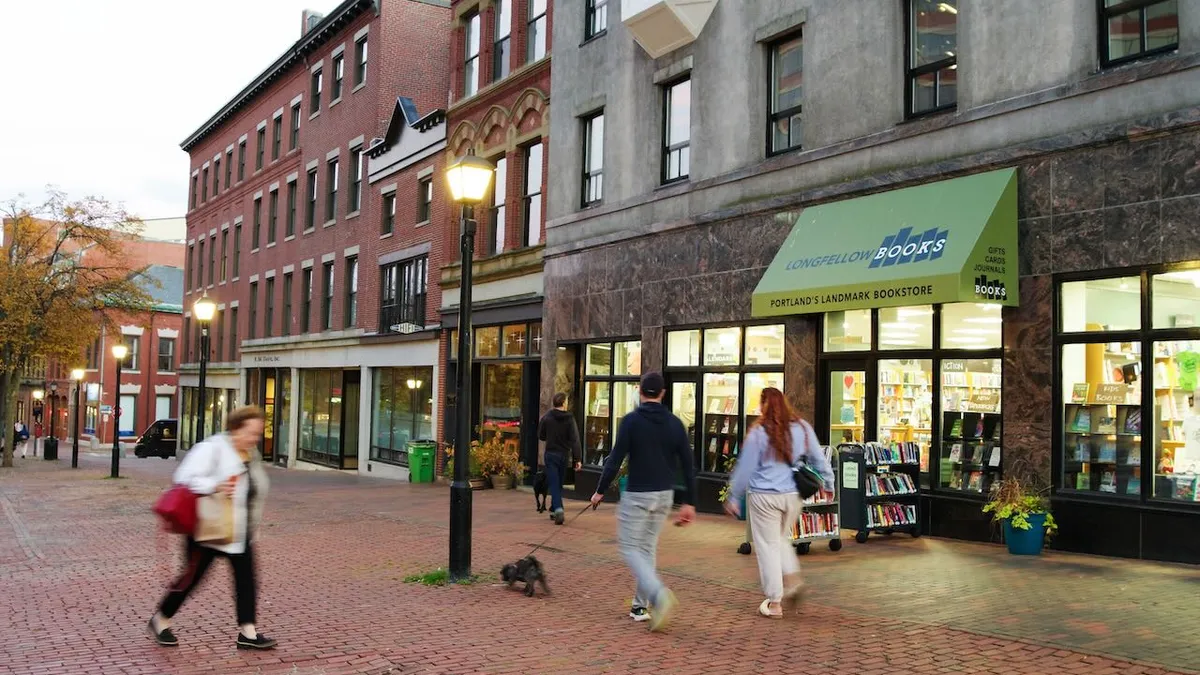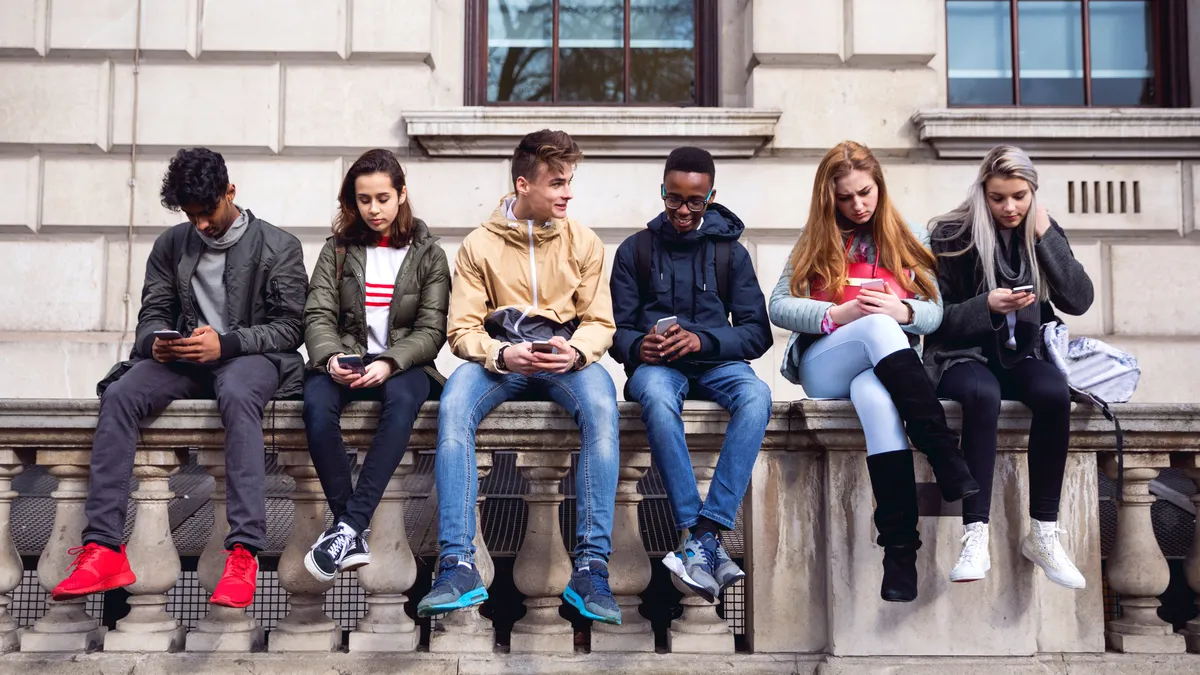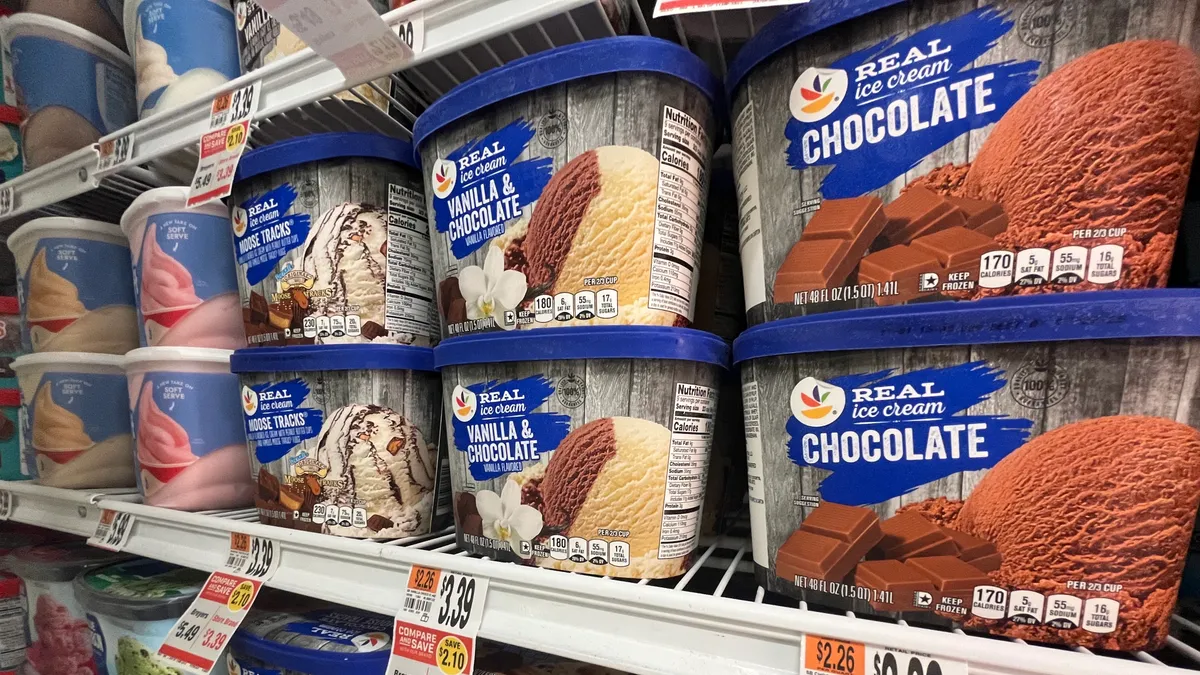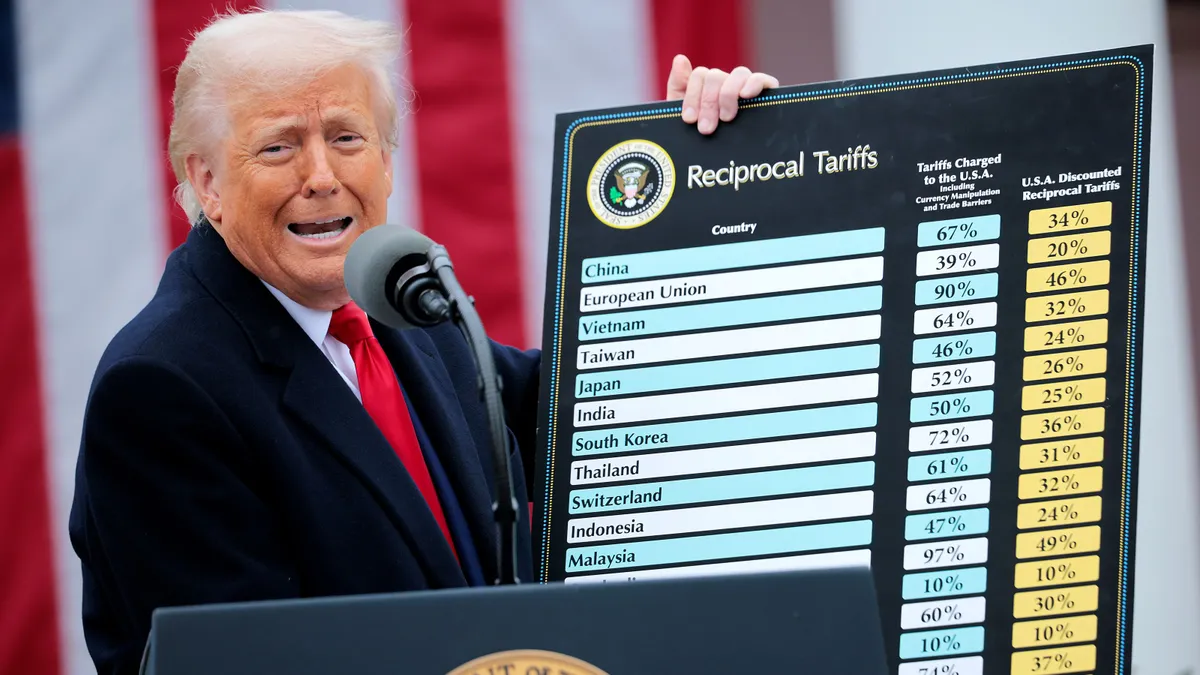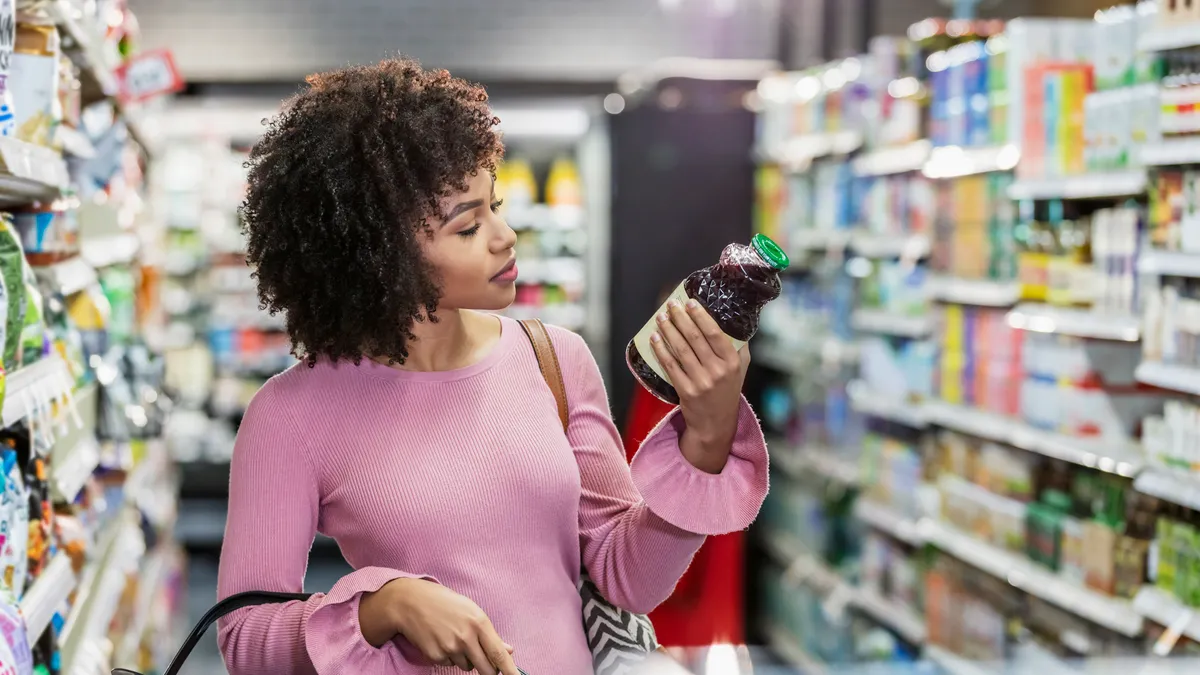There may be nothing that Amazon doesn’t sell. That means that every small to medium chain or independent shop in America, in every category, has been up against a competitive juggernaut for the last quarter century or so.
"I don’t think any categories are 'Amazon-proof,’” Nikki Baird, vice president of strategy and product at retail tech firm Aptos, said by email. “It’s more about how to coexist with Amazon across any and all categories.”
Yet, in many U.S. cities and towns, certain stores seem to be thriving. Bicycles, photo equipment, record stores, resale — even, of all things, Amazon’s first category of books — are among those that have been quite resilient in the last couple of decades. It’s not that Amazon, or other disruptions like digital alternatives to music and books, hasn’t posed a challenge. The e-commerce giant sells bikes, cameras, records and used goods, after all.
But experts say that indie shops have stuck around in the Amazon era because of the products they sell and how they sell them — and because of the people who are both buying and selling.
The product
Some merchandise is more conducive to buying from a physical store because the buying decision is based on a host of variables beyond price, according to research from Jonathan Zhang, professor at Colorado State University’s College of Business.
That includes anything that people would rather try out in person. Bicycles, clothing, footwear, furniture, mattresses and used items are difficult to assess online, especially with the level of information found on most websites, including Amazon’s, he said by phone. There are choices to be made around materials, fit, features and other variables, said Zhang, who has developed a scale to measure what he calls “the depth of inspection.”
“There's definitely a product-type effect,” he said. “The products are so complex that it’s hard for a description, or even for photos — no matter how many photos — to capture it, to make the consumer feel like ‘This is the right fit for me.’ Then there are products in general that do not require a lot of inspection, like buying a hammer, where most people have no problem just buying them online, because they don't need to physically inspect them.”
How it’s sold
But what about merchandise, like books, that are the same whether you buy them on Amazon or elsewhere?
When Amazon entered the retail picture in 1994, it was a bookseller and, as it undercut traditional retailers on price and introduced the world to e-books, industry observers prepared to watch the industry collapse.
“A lot of bookstores did go away,” Zhang said, noting the demise of the Borders chain and struggles at Barnes & Noble. “A lot of the stores that only sold books, without product curation, a lot of these did go away. The ones that survived, the ones that are thriving, they have changed their business model.”
In a Harvard Business School working paper on bookstores that have rallied, Ryan Raffaelli notes that, in a surprise to many, the number of independent bookstores grew nearly 50% between 2009 and 2018, citing figures from the American Booksellers Association. Raffaelli credits the pivot to three main tactics: retailers promoting the “buy local” movement; curating their inventory and personalizing the customer experience; and using their spaces to host events like story hours, reading groups, book signings and lectures.
Barnes & Noble seems to have taken the note. When the chain embarked on its turnaround several years ago, it shifted to a very indie strategy where each location was given leeway to shape its operations to its local community.
Who’s selling it
Customers who opt for their local stores are also looking for specialized knowledge and meaningful interaction with the people who work there, experts say.
Community-based happenings like music events at record stores or group rides at bike shops are direct ways to connect with customers. But effective retailers also create a “showroom effect of trust” based on expertise and shared affinities, according to Brett Wickard, who launched a small chain of record stores in the Northeast that has since been taken over by its employees.
This not only forges connections, but also provides a retailer with valuable information about what customers want going forward, said Wickard, now founder and CEO of unified commerce platform FieldStack.
“You might just be talking shop about whatever,” he said by phone. “But when you, as retailers, pay attention, then you see the other opportunities that are out there that could make you —I don't want to say Amazon-proof — but you should just be seeing where your customers are headed. You may be surprised.”
For a lot of retailers in various categories, where their customers want to go is resale, and many are missing out, he said. While resale across categories is available online, several experts say that it’s usually only profitable when operated in stores.
“Tons of retailers are sitting on a gold mine and so few are taking advantage of it,” Wickard said. “Resale is a gigantic opportunity in our brick-and-mortar retail world right now. It is overwhelmingly valuable and an on-premises experience. It changes the customer journey — I don't care if it's clothing, if it's entertainment, if it's bikes or if it's sporting equipment, it makes every item in there potentially unique. It gives a reason, that kind of ‘wow’ effect of a reason, to visit a retail location more and more often.”
Who’s buying
Another reason that certain stores have prospered despite Amazon’s dominance is that there are two kinds of shoppers in this world — those who prize convenience and price, and those open to discovery, according to Zhang.
“People differ in how they want to shop. Physical stores are going to get those customers that enjoy the physical experience, and online retailers are catering to those who do not want to go to the stores,” he said. “That’s how the world will be like going forward. It's not going to be about which wins, I think both will coexist peacefully. It's just that they serve both segments in different ways.”
Doug Stephens, founder of retail consultancy the Retail Prophet, sees it much the same way.
“On one side you have brands like Amazon and Walmart. I see these as super-high utility brands that become cognitive defaults for consumers,” he said by email. “If I want to save money, it's Walmart. If I want to save time, it's Amazon. Those are strong positions that appeal to deep consumer needs. However, the other constellation is comprised of brands that appeal to our emotional needs. Super-high fidelity brands that become emotional defaults.”
Examples include not just local stores but also larger retailers like Patagonia with its activism; toy retailer Camp with its theatrical experiences for kids and families; B&H Photo Video with its “high levels of professional-grade product expertise and service;” and Dyson with its “remarkable products” and gallery-like showcases, according to Stephens.
“These are the kinds of retail experiences that will thrive in spite of Amazon,” he said. “In short, the way to beat Amazon is not by being more like Amazon. It's by being anything and everything it is not.”



